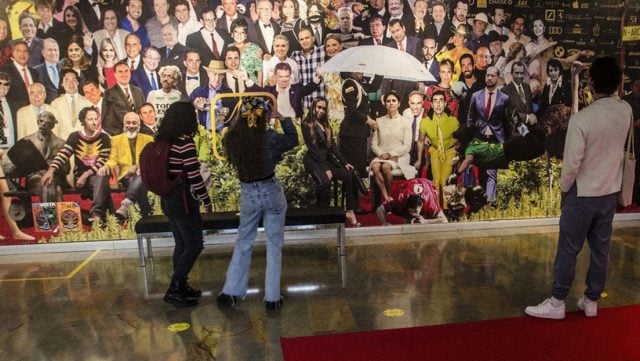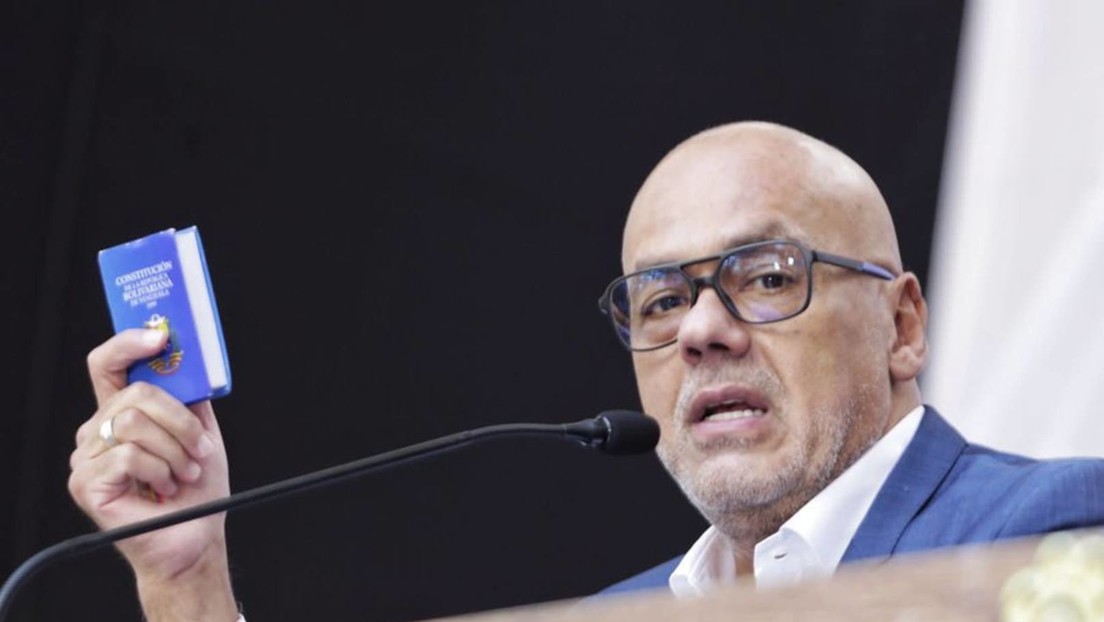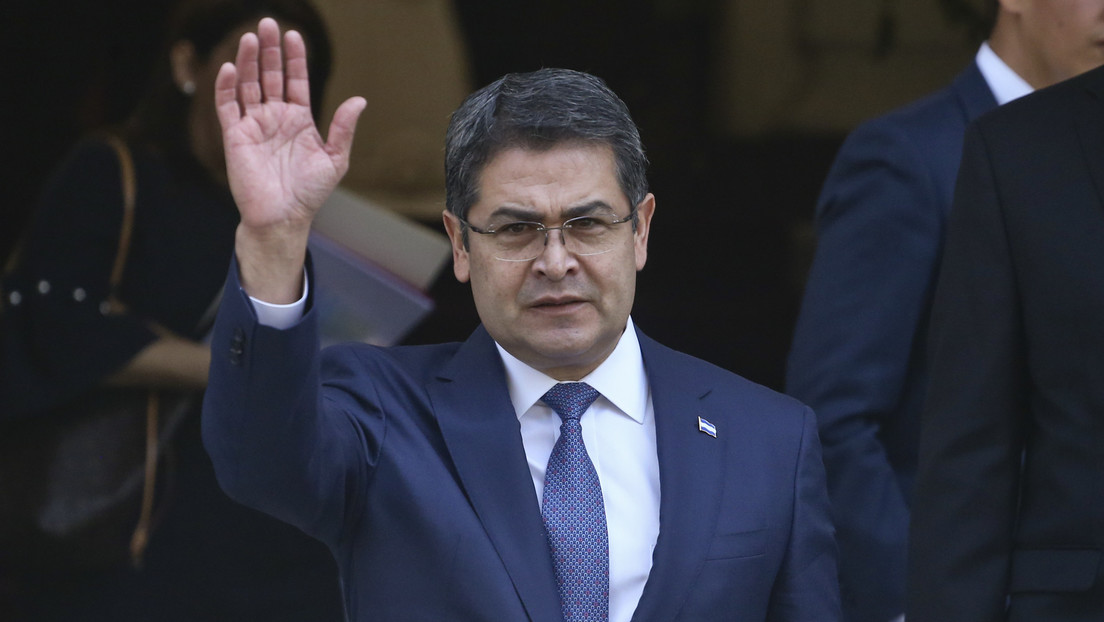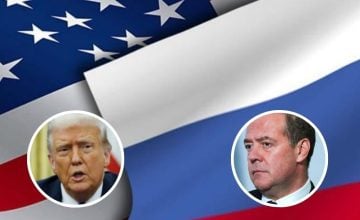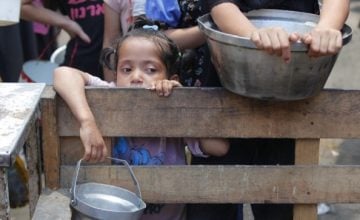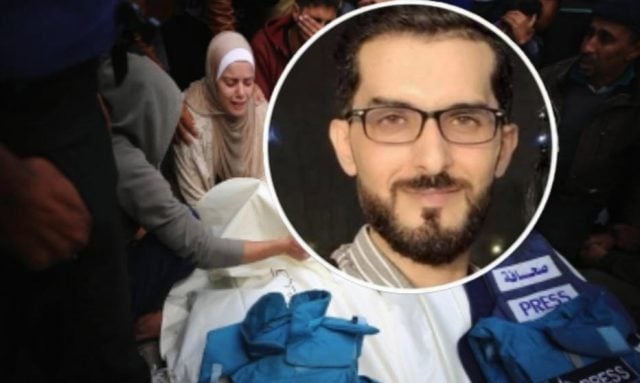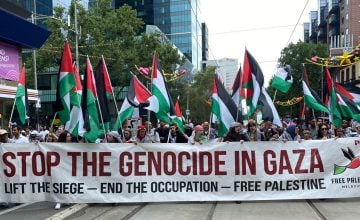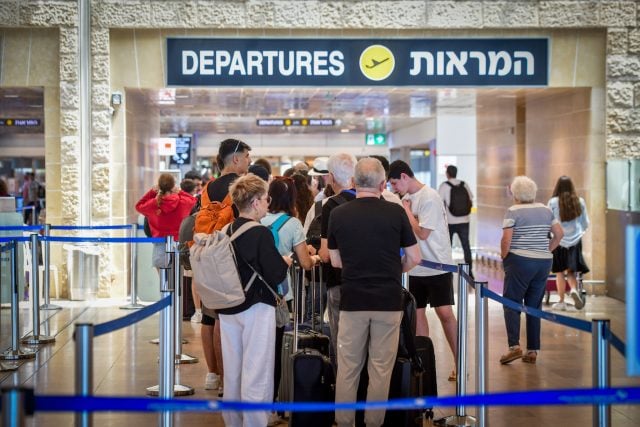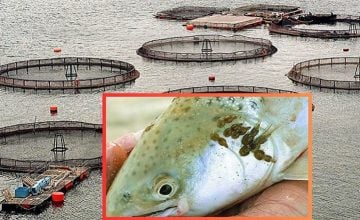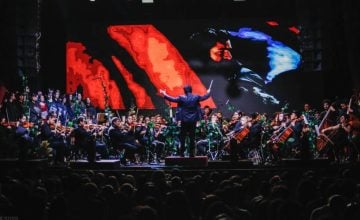That Colombia is the largest producer of cocaine in the world is not a secret. Every day the media reports on the violent actions of armed groups to gain territorial control, and entertainment platforms offer programs on the life of Colombian drug lords, international drug trafficking and abundant fiction about the mafia. Welcome to ‘Narcolombia’.
In this saturation of information about this inescapable reality of the South American country, emphasis is usually placed on the consequences and little is said about the ‘scaffolding’ that is behind it and the cultural changes that drug traffickers have generated.
An alternative way of approaching this phenomenon that has generated decades of pain, debate and controversy is offered to those who visit the ‘Narcolombia‘ exhibition both at the Universidad de los Andes, in Bogotá, and on its website.
There, the viewer can find abundant bibliographic, hemerographic, visual and audiovisual material, as well as content from networks and objects on the subject. The exhibition is curated by Paula Leuro, Andrea Infante, Omar Rincón, X Andrade and Lucas Ospina.
To talk about the proposal, RT interviewed Andrade, who has a doctorate in Anthropology from the New School for Social Research in New York and who coordinates the Image Laboratory of the Faculty of Social Sciences of the Universidad de los Andes, where ‘Narcolombia’ is exhibited.
This project was the winner of the interdisciplinary call of the Vice-Rector for Research and Creation 2017, presented by Rincón, Andrade and Ospina.
A walk through ‘Narcolombia’
The virtual exhibition has a series of symbols that invite the Internet user to enter ‘Narcolombia’. The image of Benjamin Franklin on the hundred-dollar bill reads: «Yes, by mafia art», while the face of the drug lord Pablo Escobar appears in a slot machine, as well as marijuana leaves, bags of cocaine, a medal of the virgin of El Carmen and some bullet holes. All guarded by the rhinos from the drug trafficker’s personal zoo that have become an environmental threat due to their uncontrolled reproduction outside their environment.
Further on, there is a collage of well-known characters in Colombian life, including former presidents, drug traffickers, journalists, politicians, influencers, and the curators of the exhibition themselves. It reads: «Welcome to the club». From there on, the possibilities are innumerable and topics such as ‘narcocorridos’ and a review of the press headlines are covered, reflecting the violence resulting from the action of drug cartels between the 80s and 90s.
In a visual recreation of the cocaine laboratory found on the estate of the Colombian ambassador to Uruguay, Fernando Sanclemente, sensationalist information related to drug seizures hidden in religious images, the arrest of false nuns who trafficked cocaine, and the camouflage of narcotics in fruits are shown.
Another of the topics addressed is the waste that drug traffickers make of money as a result of their illicit activities and their taste for expensive ornamental constructions, the collection of art pieces and expensive objects, exotic animals, high-end cars, among other luxuries. In addition, a space is set aside for surgical interventions for aesthetic purposes and scandals where drug trafficking has been linked to the world of politics and entertainment.
Where does «Narcolombia» point to?
The exhibition presents a little-explored approach to the subject, beyond the approach of the press and the news that usually focuses on cocaine production, violence, the action of the State security forces and illegal armed organizations.
The exhibition offers «a new look at the aesthetic phenomena unleashed by drug traffickers from art, anthropology and communication». In Andrade’s opinion, this angle «has not been sufficiently studied» in the country, «despite the boom in cultural industries that have ‘glamorized’ drug traffickers without taking a critical perspective into account».
When talking about narco aesthetics, the definition is broad and several levels can be distinguished, ranging from the female body, «through plastic surgery and beauty canons that have been gradually imposed, to the relations between political elites and cartels through forms of campaign financing and money laundering».
Among the images that reveal these relationships a poster can be seen of President Iván Duque and former president Álvaro Uribe embracing the late drug trafficker José Guillermo Hernández Aponte, alias ‘Ñeñe Hernández’, who would be related to votes being bought to favor the Uribe candidate to the 2018 presidential elections.
Narco and aesthetics
In the introduction to this exhibition it is stated that drug trafficking «is not just a traffic or a business» but mainly «a style, an aesthetic, an ethics» that «is intertwined with the culture and history of Colombia».
Andrade, co-author with Ospina and Rincón of the book ‘Narcolombia, a line of research on aesthetics and drug trafficking in Colombia’, affirms that another way of approaching drug traffickers is trying to find relationships and contextualize them. «Not only in the field of cultural production, which refers, for example, to narcocorridos, but how these have been used politically and aesthetically».
When talking about fashion – for example – he states that the outfits of ‘La monita retrechera’, whose name is Elizabeth Montoya, «a key figure in the link between the financing of Ernesto Samper’s campaign in the 90s and the cartels» were included, in the so-called Process 8,000.
According to an image present in the book, Montoya, who was an intermediary between drug traffickers and politicians, had 248 pairs of designer shoes, 278 blouses, 105 coats, 70 outfits, among others, totaling more than 1,500 pieces seized by the authorities.
Is Narcolombia an uncomfortable exhibition?
On whether ‘Narcolombia‘ is an uncomfortable exhibition, Andrade affirms that «it could not have been any other way» because the relationship between politics and drug trafficking is explored «to ‘de-escobarize’ the debate», with reference to Pablo Escobar, who has been the symbol, since decades ago, of drug trafficking in Colombia and whose image has given rise to innumerable amounts of information and works of fiction.
«Given the complex nature of drug trafficking and the violent legacy it has in Colombia, it is clear that this exhibition can be uncomfortable for certain sectors», he asserts.
Regarding the impact it could have on a foreign public, he considers that it can be understood in other countries because «the drug phenomenon has reached levels that go beyond the local sphere».
The also author of the book ‘The vulgarity of democracy: political pornography, masculinity and politics in Ecuador’ adds that although there are references «central to Colombian politics and entertainment», many of them «are recognized for being authorities, presidents, ‘ influencers’ or musicians».
«The narco is the exaltation of the individualistic sense of late capitalism, which is exacerbated by the links between the legal and illegal economy», he adds. Therefore, it is evidenced by the ways it has taken beyond the drug cartels «to put at the center the historical link between legal and illegal economies, politics and society».
